When most people think of loyal pets, dogs immediately come to mind—those tail-wagging companions who greet you at the door and sleep by your side. Cats might follow, with their selective but often deep bonds. But snakes? These reptiles rarely make the loyalty list in popular imagination. However, snake enthusiasts know a different truth: certain snake species can develop remarkable recognition of their keepers and display behaviors that strongly resemble what we might call “loyalty” in more traditional pets. While snakes won’t fetch your slippers or wag their tails when you come home, they can form connections with their owners that surprise even experienced herpetologists. This article explores seven snake breeds that commonly demonstrate strong keeper recognition and what appears to be genuine affinity for their human caretakers.
Understanding “Loyalty” in Reptiles: Setting Realistic Expectations
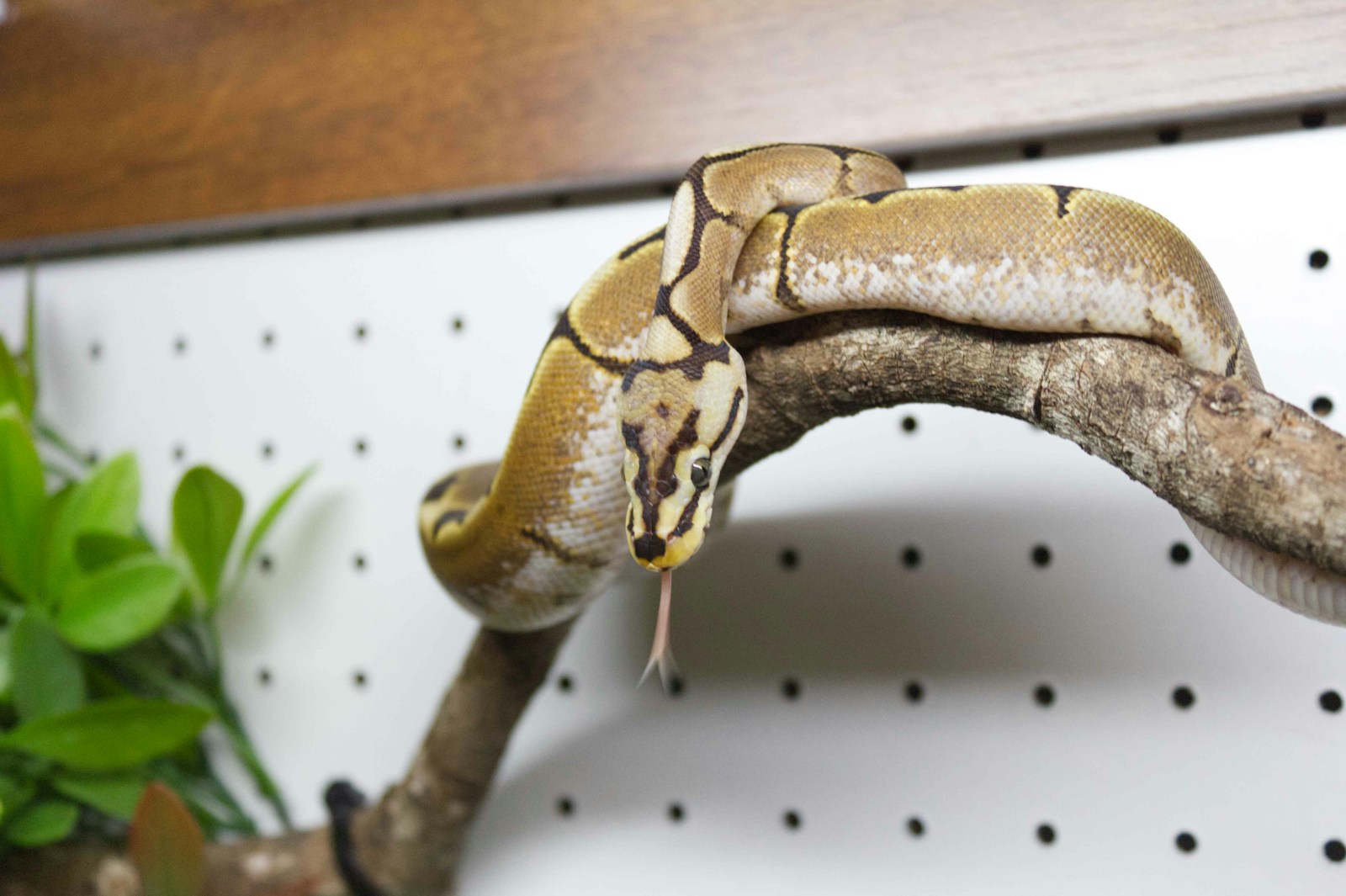
Before diving into our list, it’s important to understand what “loyalty” means in the context of reptilian pets. Snakes don’t experience emotions the way mammals do—they lack the neocortex that processes complex emotions in humans and other mammals. What snake owners often interpret as affection or loyalty is actually a combination of recognition, trust, and comfort with a familiar handler. A “loyal” snake is one that recognizes its keeper’s scent, associates that person with positive experiences (food, warmth, gentle handling), shows reduced defensive behaviors over time, and may even seek out their keeper’s body heat. This reptilian version of loyalty doesn’t diminish its value—in fact, earning the trust of an animal so different from ourselves can be especially rewarding. Snake owners often report feeling a special connection when their pet relaxes in their hands after initially being defensive, or when it emerges from hiding upon recognizing their presence.
Ball Pythons: The Gold Standard of Snake Companionship
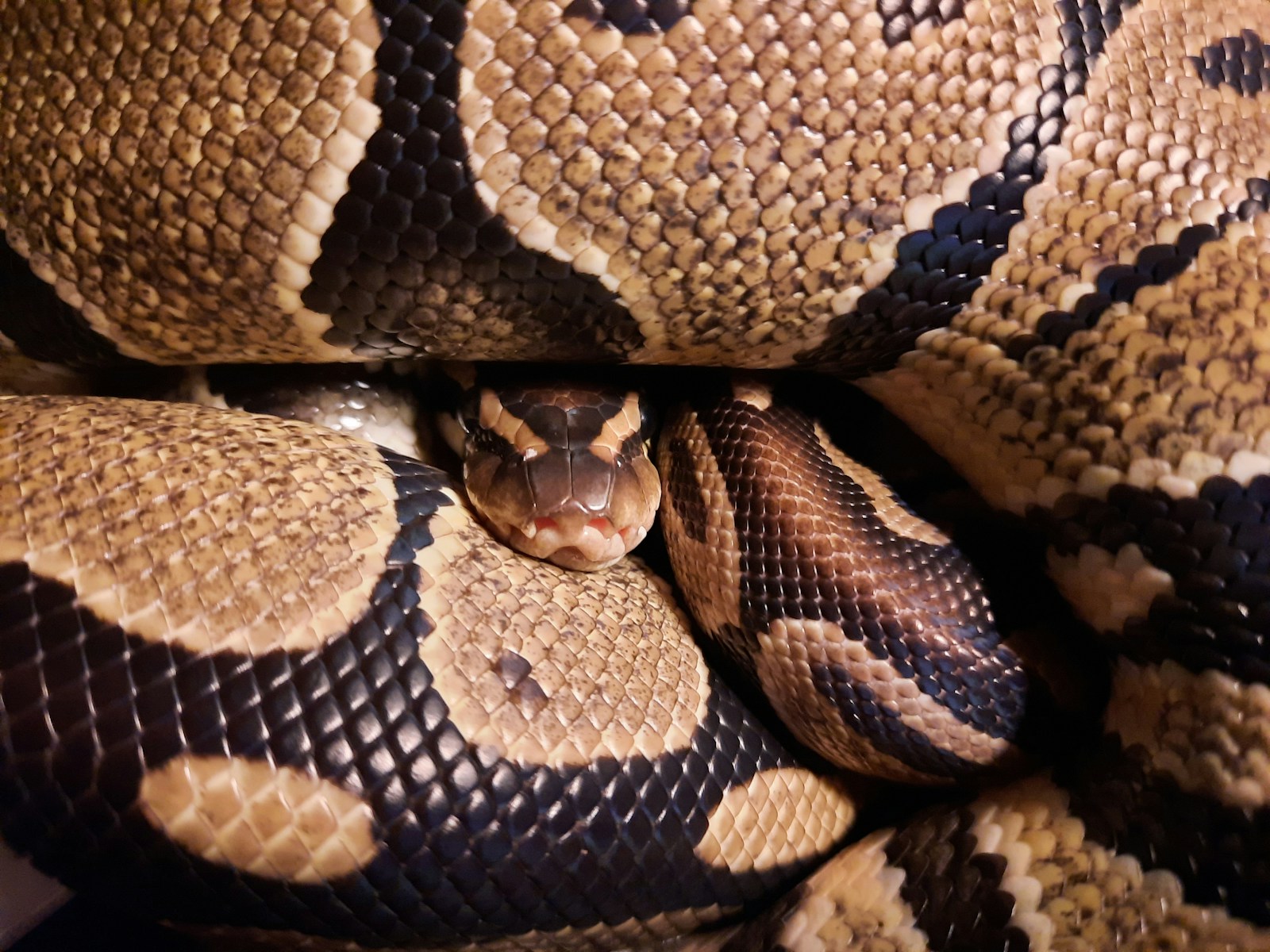
Ball pythons (Python regius) top our list as perhaps the most “loyal” snake species commonly kept as pets. These West African natives are renowned for their docile temperament and apparent ability to recognize their regular handlers. Many long-term ball python keepers report that their snakes will show distinctly different behaviors with them versus strangers, often remaining calmer and more exploratory with their primary caretaker. Their name comes from their defensive ball-curling behavior, but with regular, gentle handling, many ball pythons rarely display this stress response with their owners. Their manageable size (typically 3-5 feet as adults), long lifespan of 20-30 years, and generally calm demeanor make them excellent long-term companions. The species’ remarkable capacity to become comfortable with regular handling has made them the most popular pet python worldwide and a favorite among first-time snake owners.
Corn Snakes: The Friendly North American Natives

Corn snakes (Pantherophis guttatus) earn their place on this list through their exceptional adaptability to captivity and tendency to form strong keeper associations. Native to the southeastern United States, these colorful colubrids typically reach 3-5 feet in length and can live 15-20 years with proper care. Corn snake keepers frequently observe that their pets become noticeably more relaxed with regular handlers compared to strangers, often seeking out their keeper’s warmth during handling sessions. Their natural curiosity makes them engaging pets that actively explore their surroundings rather than remaining motionless. Particularly noteworthy is how quickly corn snakes learn feeding routines—many will become alert and show anticipatory behaviors when they recognize their owner approaching at regular feeding times. This combination of intelligence, recognition, and calm temperament makes corn snakes one of the reptile species most likely to form what we might consider a bond with their human caretakers.
Kingsnakes: The Handleable Royalty
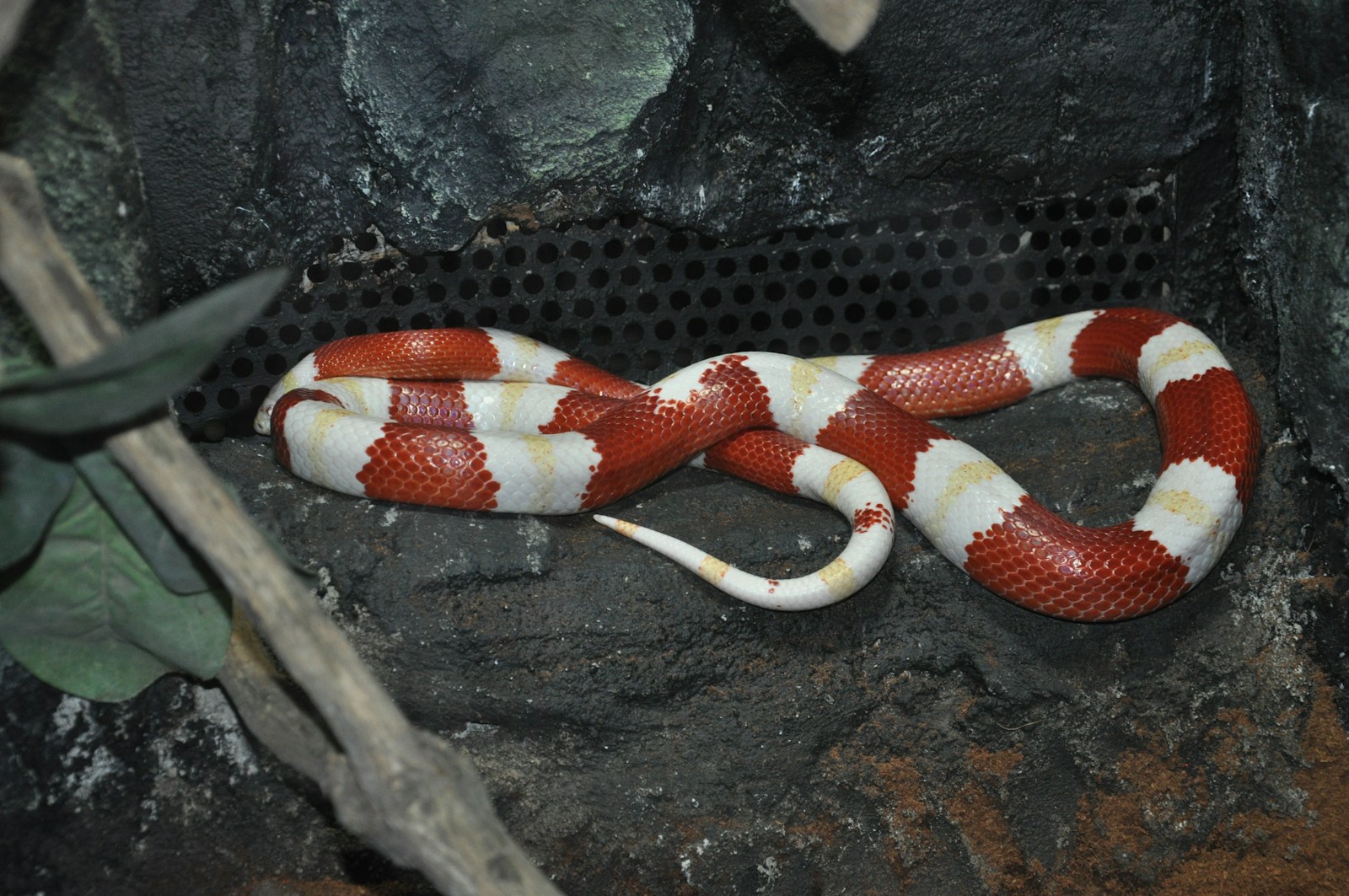
The various kingsnake species (genus Lampropeltis) have earned devoted followings among snake enthusiasts for their striking patterns, manageable size, and remarkably adaptable personalities. These North American natives become exceptionally comfortable with regular handling, often showing clear recognition of their primary keepers through calmer behavior and reduced defensive responses. California kingsnakes, Mexican black kingsnakes, and Florida kingsnakes are particularly noted for their ability to distinguish between their regular handlers and strangers. Many kingsnake owners report their pets will readily approach the front of their enclosures when their primary caretaker enters the room but remain hidden when unfamiliar people are present. This apparent recognition, combined with their hardy nature and feeding response, creates a pet that seems genuinely responsive to its owner. Kingsnakes typically live 15-20 years in captivity, providing ample time for this keeper recognition to develop into what many owners describe as a trusting relationship.
Boa Constrictors: Gentle Giants with Recognition Abilities

Boa constrictors (Boa imperator) may surprise many by their inclusion on this list, but experienced keepers consistently report these impressive snakes develop strong keeper recognition. These Central and South American constrictors grow considerably larger than the previous entries (6-10 feet for females, somewhat smaller for males) but are known for their generally calm temperaments when properly socialized. What’s particularly notable about boas is their apparent ability to recognize individual humans by scent and behavior patterns. Many boa keepers observe their snakes responding differently to family members versus strangers, often becoming alert but calm when their primary caretaker approaches their enclosure. Their impressive lifespan of 20-30 years in captivity allows for long-term relationships to develop between snake and keeper. Though they require more space and strength to handle safely than smaller species, well-socialized boas often develop into remarkably gentle giants that show clear comfort with their regular handlers—some even appearing to enjoy interaction and exploration during handling sessions.
Garter Snakes: Underrated Native Companions

Often overlooked in discussions of pet snakes, garter snakes (genus Thamnophis) can develop surprising levels of keeper recognition and comfort. These smaller North American natives (typically 2-3 feet) are among the most active and alert snake species kept in captivity, which translates to more observable interaction with their keepers. Unlike many snake species that primarily recognize humans as heat sources, garters seem to develop genuine familiarity with their regular handlers. Experienced garter snake keepers often note that their pets will emerge from hiding when they enter the room but remain concealed when strangers approach. Their natural diurnal activity pattern means they’re awake when humans are, creating more opportunities for interaction and recognition development. While historically considered difficult to keep due to specialized diets, modern understanding of their care requirements has made them excellent pets for those seeking an active, alert snake that demonstrates clear keeper recognition. With lifespans of 6-10 years in captivity, garter snakes provide ample time to develop what many owners describe as a genuine connection.
Hognose Snakes: The Dramatic But Devoted
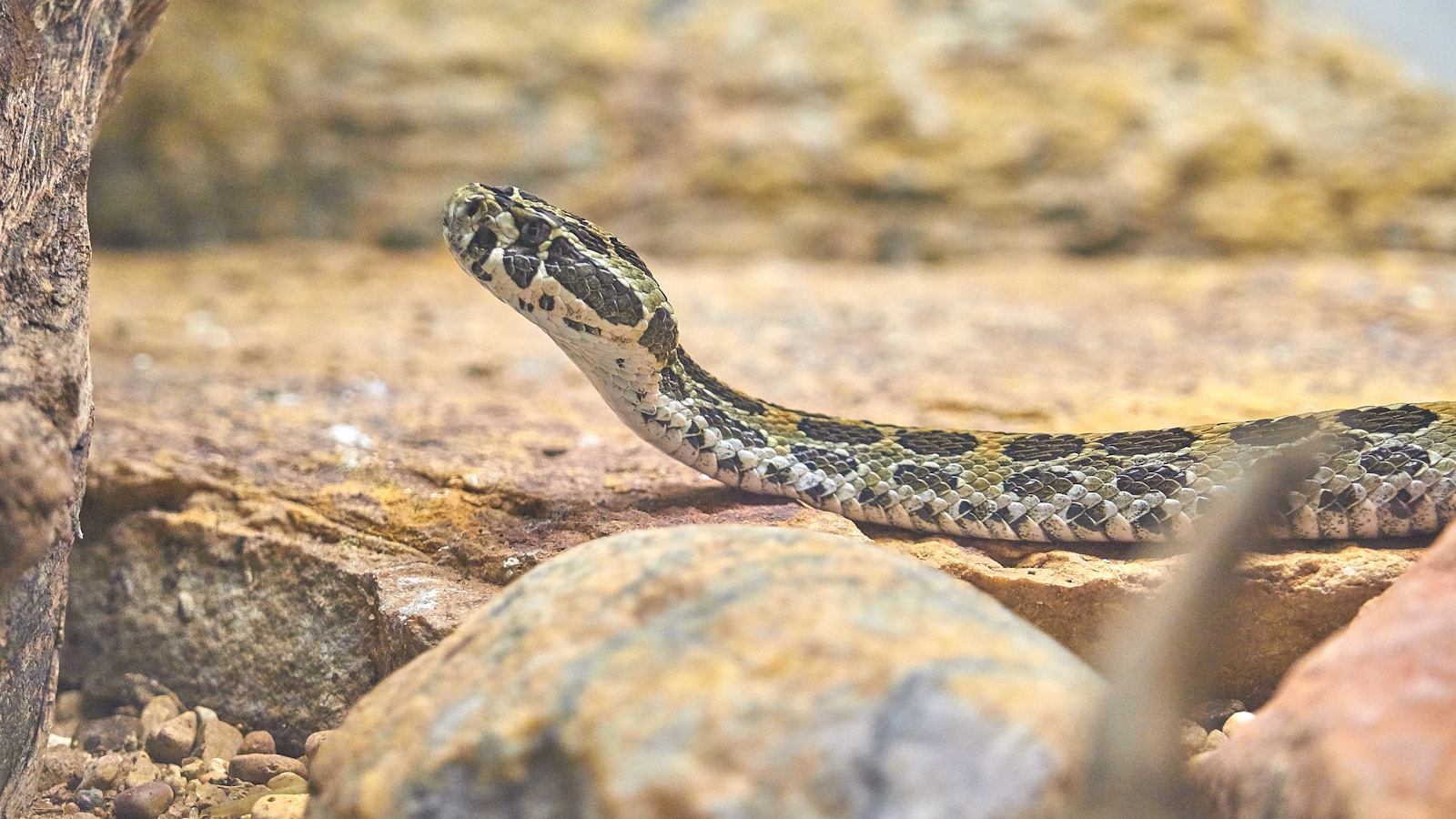
Western hognose snakes (Heterodon nasicus) earn their place on our list through their remarkable intelligence and capacity to become accustomed to regular handling. These North American natives are famous for their dramatic defensive displays—flattening their heads, hissing loudly, and even playing dead—but with consistent gentle handling, they typically reserve these performances for strangers rather than their regular keepers. Their upturned snouts and expressive behaviors make them particularly charismatic pets. Hognose keepers frequently report their snakes showing distinctly different behaviors with them versus unfamiliar handlers, often becoming calm and exploratory with their primary caretaker while remaining defensive with others. This clear differentiation between known and unknown humans suggests a level of recognition that approaches what we might call loyalty in more traditional pets. At a manageable adult size of 2-3 feet and with lifespans of 10-15 years in captivity, hognose snakes provide an engaging, interactive pet experience with ample opportunity for a keeper-pet relationship to develop.
Rat Snakes: The Intelligent Observers
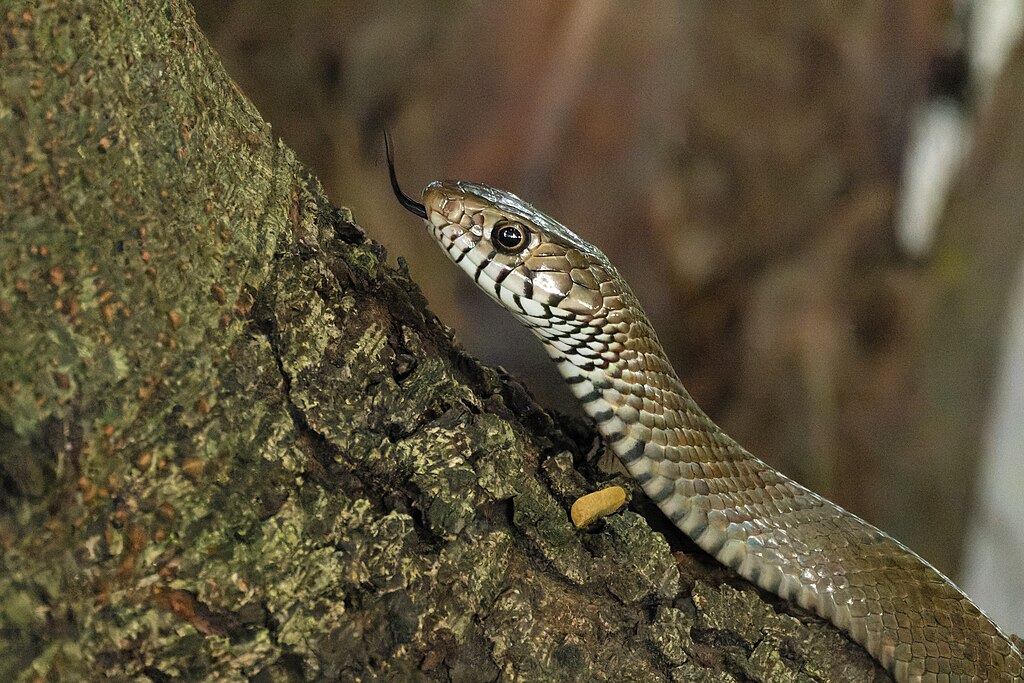
The various rat snake species (including those in the genera Pantherophis, Elaphe, and others) round out our list with their remarkable adaptability and apparent intelligence. These slender, active snakes are found across North America, Europe, and Asia, with the North American species being particularly popular in the pet trade. Rat snake keepers consistently report their pets seem to recognize and respond differently to their primary caretakers versus strangers. These snakes are often described as “watchful” or “attentive,” frequently tracking their keeper’s movements with obvious interest rather than fear. Russian rat snakes, Texas rat snakes, and black rat snakes are particularly noted for their capacity to become exceptionally tame and responsive with regular handling. Their active, curious nature and obvious awareness of their surroundings make interactions with rat snakes particularly rewarding for owners seeking responsive reptile companions. With sizes ranging from 4-6 feet depending on species and lifespans of 15-20 years, rat snakes provide long-term companionship for dedicated keepers.
How Snake Recognition Works: The Science Behind the Bond
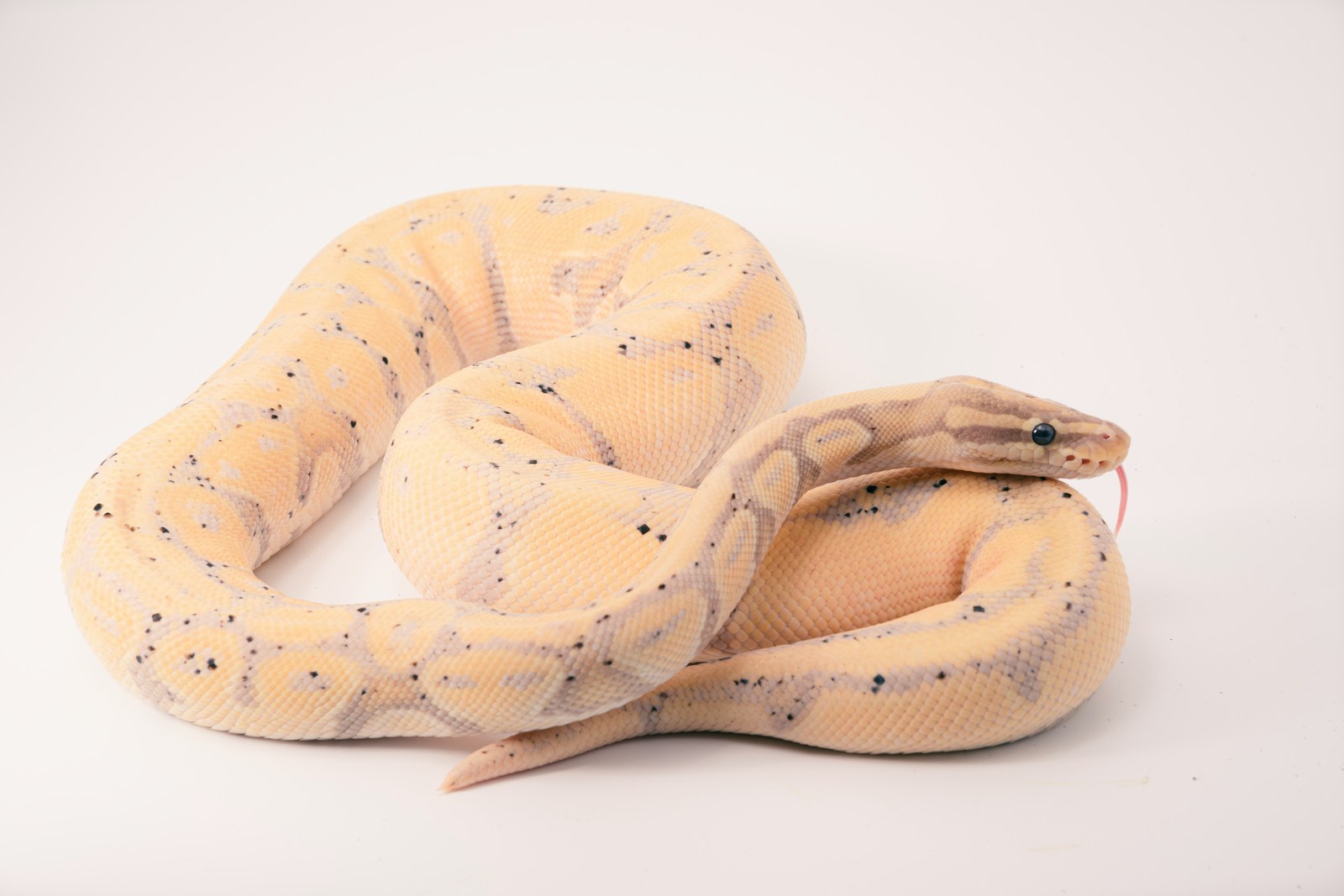
Understanding how snakes recognize their keepers helps explain the behaviors often interpreted as loyalty. While snakes lack the brain structures associated with complex emotions in mammals, they possess sophisticated sensory systems that allow them to recognize familiar humans. Primarily, snakes rely on their exceptional sense of smell, using their Jacobson’s organ (or vomeronasal organ) to identify specific chemical signatures unique to each person. This specialized sensory structure allows snakes to “taste” the air, creating detailed olfactory maps of their environment and the creatures within it. Research suggests snakes can distinguish between individuals based on these chemical profiles, explaining why they often show different behavior patterns with regular handlers versus strangers. Additionally, snakes are sensitive to vibration patterns and may recognize the distinctive walking patterns or movements of their primary caretakers. Body heat signatures likely play a role as well, with snakes potentially recognizing the consistent thermal profile of their regular handlers.
Building Trust: How to Develop a Bond with Your Snake
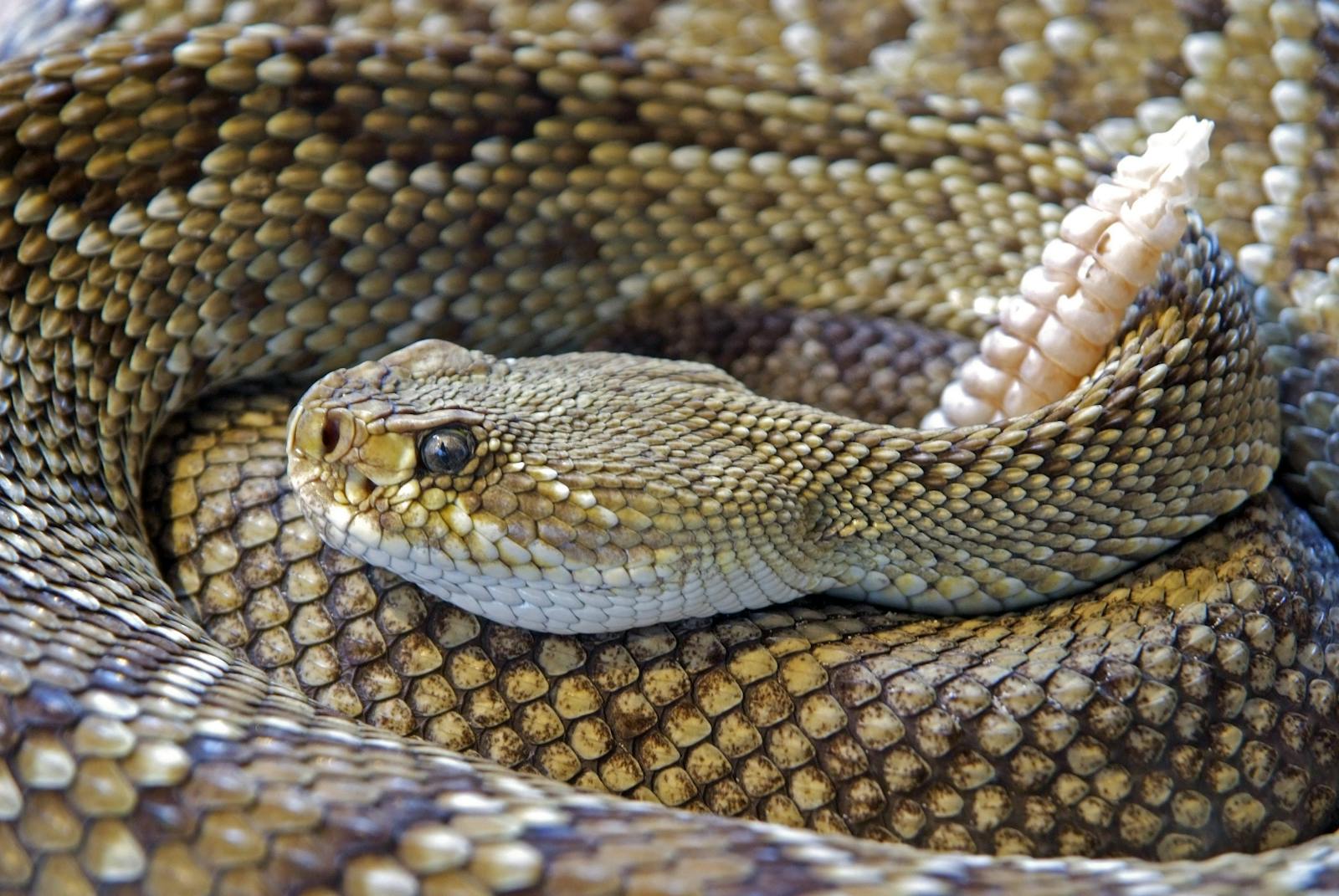
Developing what appears to be loyalty in pet snakes requires patience, consistency, and understanding of reptilian behavior. The foundation of snake-keeper bonding is regular, gentle handling—typically starting with short sessions (5-10 minutes) several times weekly, gradually increasing as the snake shows comfort with interaction. Critical to this process is respecting the snake’s body language; pushing interaction when the snake shows stress signals (rapid breathing, tense muscles, defensive posturing) damages trust rather than builds it. Consistent feeding routines help snakes associate their keepers with positive experiences, though handling should never occur immediately before or after feeding to avoid stress or regurgitation. Creating positive associations is vital—handling should occur when the snake is alert but calm, not when shedding, digesting, or showing signs of stress. Many experienced keepers report significant breakthroughs in “bond” development after the first year of consistent handling, suggesting that reptilian trust develops slowly but meaningfully over time.
Reading Snake Body Language: Signs of Trust vs. Stress
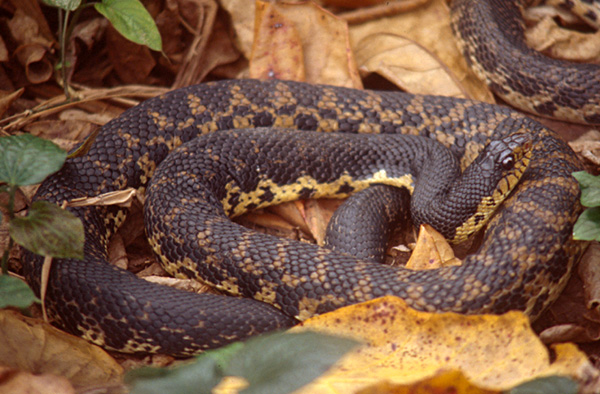
Recognizing the difference between a snake showing trust and one displaying stress is essential for developing keeper recognition that resembles loyalty. A snake demonstrating comfort and trust typically shows slow, deliberate movements, relaxed muscle tone, gentle tongue flicking to explore rather than detect threats, and willingness to move freely on their handler rather than attempting to flee or hide. Particularly telling is the “periscoping” behavior (raising the head to observe surroundings) while being held, indicating the snake feels secure enough to explore rather than escape. Conversely, signs of stress include rapid breathing, tense muscles, defensive posturing, frantic movement, excessive defecation, and in some species, specific defensive displays like ball pythons forming tight balls or hognose snakes playing dead. A snake that consistently shows relaxed behaviors with its primary keeper but defensive behaviors with strangers is demonstrating precisely the type of recognition many keepers interpret as loyalty. Learning to recognize these subtle behavioral differences is key to understanding the developing relationship between snake and keeper.
Why These Breeds? Factors That Influence Snake Sociability

Several factors explain why the seven snake breeds listed above tend to develop stronger keeper recognition than other species. Natural temperament plays a significant role—species that are naturally less defensive in the wild often transition more easily to captive interactions. Evolutionary history matters too; species that evolved in environments with fewer predators typically have less intense defensive responses. Brain structure varies between snake families, with some possessing more developed regions for processing sensory information and forming behavioral associations. Domestication effects appear in some species like corn snakes and ball pythons, which have been kept in captivity for many generations, potentially selecting for individuals more tolerant of human interaction. Size can influence sociability as well—mid-sized species often strike the perfect balance between being large enough to feel secure during handling but not so large that they’re difficult to manage. The species on our list represent this optimal combination of factors for developing what we might consider the reptilian equivalent of loyalty.
Conclusion: Redefining Loyalty in the Reptile World
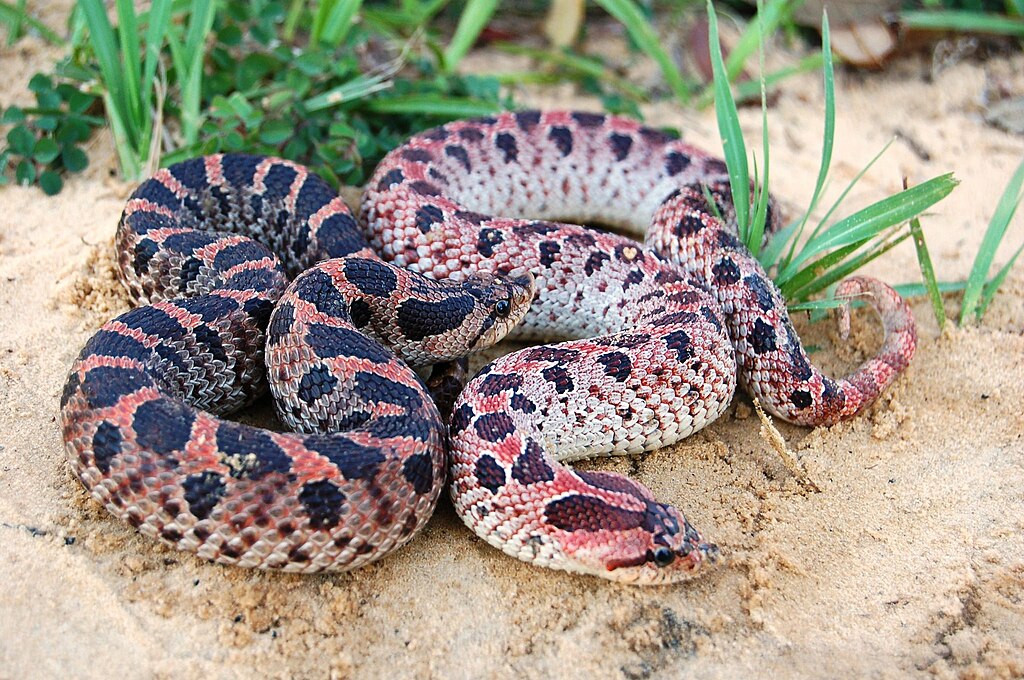
While snakes will never demonstrate loyalty in the way dogs or cats do, the species highlighted here show that reptilian recognition and trust can create meaningful connections between these fascinating animals and their human caretakers. The calm ball python that relaxes immediately in its owner’s hands but coils defensively with strangers, the corn snake that eagerly explores when handled by its regular keeper, or the boa constrictor that gently rests its head on a familiar shoulder—these behaviors represent a form of bond that, while different from mammalian pets, holds its own special value. Perhaps the most rewarding aspect of keeping these species is witnessing the transition from a defensive wild animal to a calm, trusting companion that clearly distinguishes you from strangers. This transformation doesn’t happen overnight—it develops through months and years of consistent, respectful interaction. For those willing to adjust their expectations and appreciate reptilian behavior on its own terms, these seven snake species offer a unique and rewarding form of animal companionship that can last for decades.





